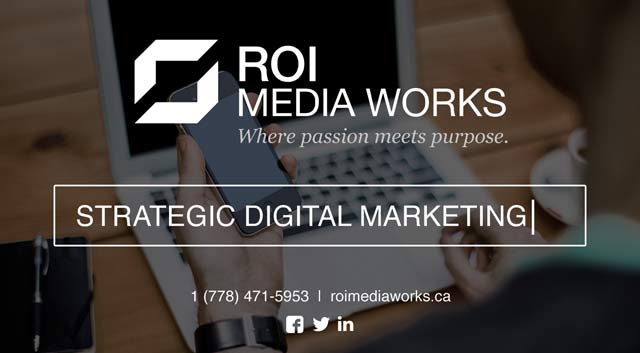Popups: a case study in how technology creates opportunities for change
Dating ourselves, we remember the early days of internet surfing. In that simpler time, popups were villainous. Often NSFW in nature, popups were the bane of an internet users’ existence. They popped up (obviously) in an untimely and disruptive fashion. But, times have changed. With the rise of content and inbound marketing, how users arrive on a page is at the forefront more than ever. Thus, popups have potential.
There can be parallel drawn to TV advertising to flesh this out. As we have seen, traditional advertising methods are being replaced with more contemporary forms. But, turn on a TV at any time on any channel and there is sponsored content, not to mention commercials. The same could be said for popups, a dying but not extinct method of advertising (and one that probably will never be extinct). You even have organizations such as Unbounce and Hubspot who are teaching digital marketers how to correctly and effectively craft popups.
Some of their tips include:
- May Unbounce interest you in a marriage between popups and Augmented Reality?
- Unbounce even has a popup builder.
- Scrolling down on their post, you’d see that Hubspot wants you to craft popups that maintain a human element.
Critics do remain and rightfully so. The intrusive qualities of popups are a personally trait that is unchangeable. A notable critic even includes Google, who used their extensive brain power to label them interstitials rather than popups. So, we feel that the aim of contemporary digital marketers and bloggers who still look to popups is to make smarter ones that are either worth a user’s time or able to be immediately discarded.
For better or for worse, technology greatly influences the human race. In the grand scheme of it all, popups may not have as large an impact as, say, driverless cars potentially have on our society. But it remains a fascinating story of poison turned semi-elixir. But, as is true away from a computer, drink responsibly.
